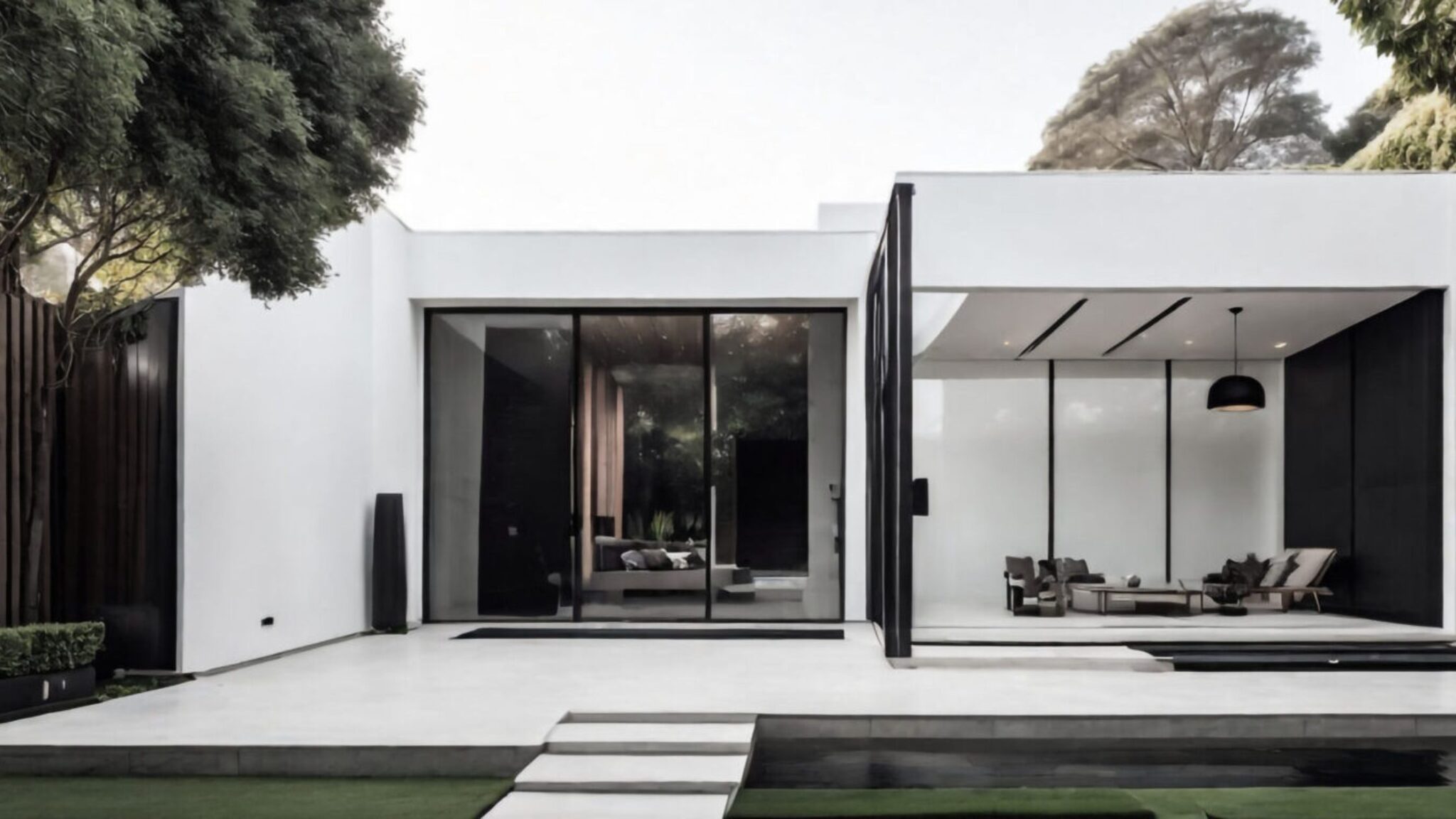You find a beautiful investment property. It looks flawless — modern finishes, stunning design, everything seems perfect. But within a few years, the walls start to bow, moisture seeps in, and the floors begin to buckle.
The problem? The builder used low-quality materials to save money, and now you’re left footing the bill for repairs that never should have been necessary.
Why does this happen? Because most homes are built to look good at first glance — not to last.
But you don’t have to make the same mistake. There’s a proven way to build a home that resists time, weather, and wear.
Most builders won’t tell you this, but we will. And by the time you finish reading, you’ll know exactly how to avoid a money trap and create a home that lasts a lifetime.
It all starts with these three building secrets:
Secret #1: The materials used in construction determine how well your home can withstand the elements, resist wear and tear, and maintain its structural integrity over time.
To ensure your home stands the test of time, it’s essential to choose materials that offer superior durability and protection. For instance:
- Engineered Wood: Unlike traditional timber, engineered wood is designed to be more resistant to moisture and warping, reducing the risk of structural weakness.
- High-Performance Concrete: This type of concrete has superior strength, crack resistance, and longevity, making it ideal for foundations and structural supports.
- Weather-Resistant Finishes: Protective coatings and materials like fibre cement cladding and UV-resistant paints help shield your home from moisture, sun exposure, and temperature fluctuations.
Secret #2: A home built to last isn’t just about the materials — it’s also about designing for durability.
Poor planning can lead to preventable structural problems, water damage, and energy inefficiencies. Here’s how to avoid them:
- Proper Drainage Systems: Without effective drainage, water can accumulate around your home’s foundation, leading to cracks, mould, and long-term instability. Well-placed gutters, sloped landscaping, and waterproofing measures help prevent these issues.
- Energy-Efficient Layouts: A well-designed home optimises natural light, airflow, and insulation, reducing energy consumption while maintaining comfort. Features like strategically placed windows, thermal barriers, and passive cooling techniques contribute to long-term efficiency.
- Reinforced Structural Design: From strong framing techniques to load-bearing walls, every part of your home should be designed with longevity in mind. Features like hurricane straps, reinforced roofing, and impact-resistant windows add extra protection against extreme weather conditions.
Secret #3: Even the best materials and smartest designs won’t matter if the construction process is rushed or poorly executed.
Skilled craftsmanship ensures every detail — from foundation work to finishing touches — is done with precision and care. For example:
-
- Time-Tested European Techniques: European construction methods emphasise meticulous craftsmanship, precise measurements, and long-term performance. Builders who follow these principles focus on structural integrity rather than speed.
-
- Attention to Detail: A truly well-built home isn’t just about large structural elements — it’s also about small but critical details. Properly sealed joints, high-quality fasteners, and precise installation techniques all contribute to long-term durability.
-
- Commitment to Long-Term Quality: Many homes today are built with a focus on quick turnover rather than lasting value. Working with builders who prioritise durability ensures your home doesn’t just meet industry standards, it exceeds them.
Bottom line: The difference between a home that deteriorates in a few years and one that lasts a lifetime boils down to the decisions you make before construction even begins.
What This Means for You
If you’re building or buying a home, you have a choice:
-
- Settle for something that looks good now but will cost you later
- Or invest in a home designed to last a lifetime
The right materials, craftsmanship, and design — that’s the formula for a home that doesn’t just look great today, but stays strong for generations.
Because at the end of the day, you’re not just building a house — you’re building a home. And that’s something worth getting right.
Want More Insider Tips? Get the Free Guide
If you want to avoid costly mistakes and build with confidence, grab our free guide:
7 Things You Must Know Before Designing a New Home
Inside, you’ll find:
✔ How builders price variations
✔ What to look for in a contract proposal
✔ The biggest myth about copyright
✔ How to spot a bad builder early
✔ And much more!
Don’t make costly mistakes — click here to download your copy today


